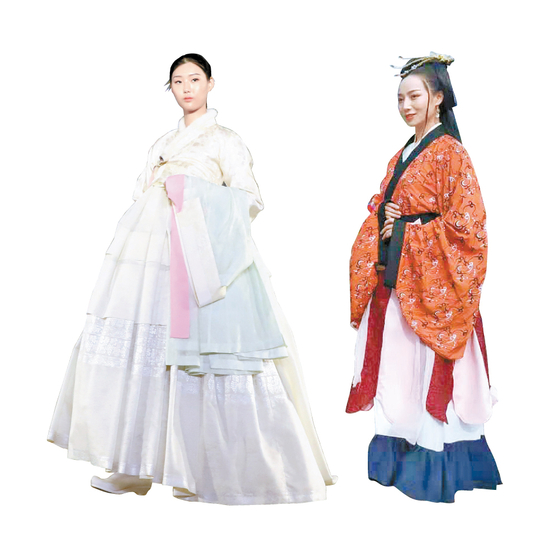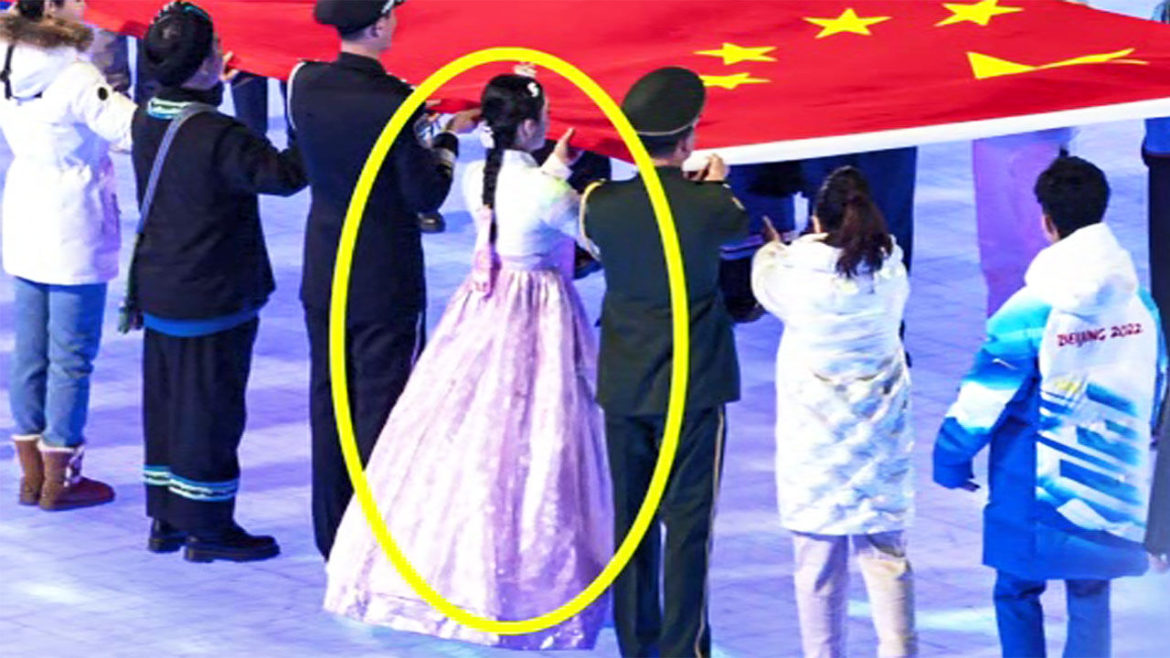A Journey Through Hanbok and Hanfu Fashion
Welcome to our exploration of traditional East Asian fashion, focusing on the exquisite styles of Hanbok from Korea and Hanfu from China. These garments are not only a testament to the rich cultural heritage of their respective countries but also a vibrant part of contemporary fashion. Let’s delve into the history, evolution, and significance of these iconic attires.

Hanbok, the traditional Korean attire, is characterized by its vibrant colors and elegant lines. It is typically made of light, breathable materials, making it suitable for Korea’s varied climate. The design and colors of Hanbok often have specific meanings and are chosen to reflect the wearer’s social status, age, and the occasion.

On the other hand, Hanfu, which translates to ‘Han clothing,’ refers to the traditional attire of the Han Chinese. It has a history spanning over three thousand years, with its roots in the Yellow River basin. Hanfu is known for its wide sleeves, cross-collar, and sash, which are symbolic of the philosophy and aesthetics of ancient China.

The resurgence of hanbok and hanfu in modern times is a fascinating phenomenon. Both have seen a revival as young people embrace their cultural identity and seek to express it through fashion. This has led to a fusion of traditional elements with modern designs, creating a unique blend that appeals to a global audience.

Fashion shows, cultural festivals, and social media platforms have played a significant role in promoting Hanbok and Hanfu. Designers are now experimenting with new fabrics, patterns, and styles, ensuring that these traditional garments remain relevant and accessible to the younger generation.

In conclusion, the journey through Hanbok and Hanfu fashion is a celebration of cultural identity and artistic expression. As we explore the intricate details and rich history of these garments, we are reminded of the enduring legacy of traditional fashion and its potential to inspire and innovate in the modern world.






